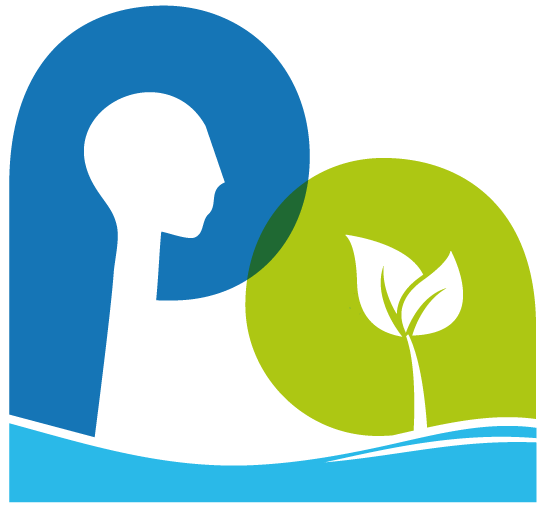Monitoring
Monitoring is a key element of the participatory evaluation process. It can be difficult, particularly in terms of timing. The monitoring process should begin at the earliest stages of a project, but it can take time for project results to be achieved, and it can be difficult to identify when monitoring needs to be completed to meet project deadlines. In addition, on-going monitoring requires constant adaptation between the monitoring process and the project objectives.
For additional information
Date: November 2017-2020
This work has been funded through the ALICE project. ALICE is a project funded in 75% by European Regional Development Fund (ERDF) under the umbrella of INTERREG Atlantic Area with the application code: EAPA_261/2016. The 11 partners involved in the project are from Portugal, Spain, Northern Ireland, France, The Republic of Ireland and the United Kingdom. The three-year project started in November 2017 has cost 3 million euros with 25% covered by the beneficiary partners.
Credits: Denis Bailly, Johanna Ballé, Klervi Fustec, Juliette Herry, Michel Lample, Manuelle Philippe.
[ Back to Roadmap ] [ To Roadmap Phase 1 ] [ To Roadmap Phase 2 ] [ To Roadmap Phase 3 ]



